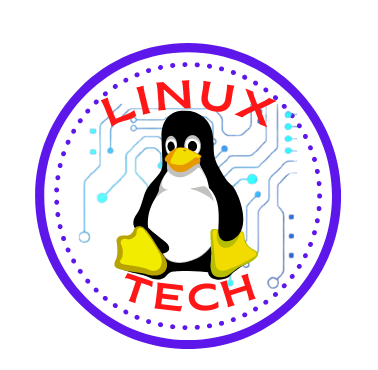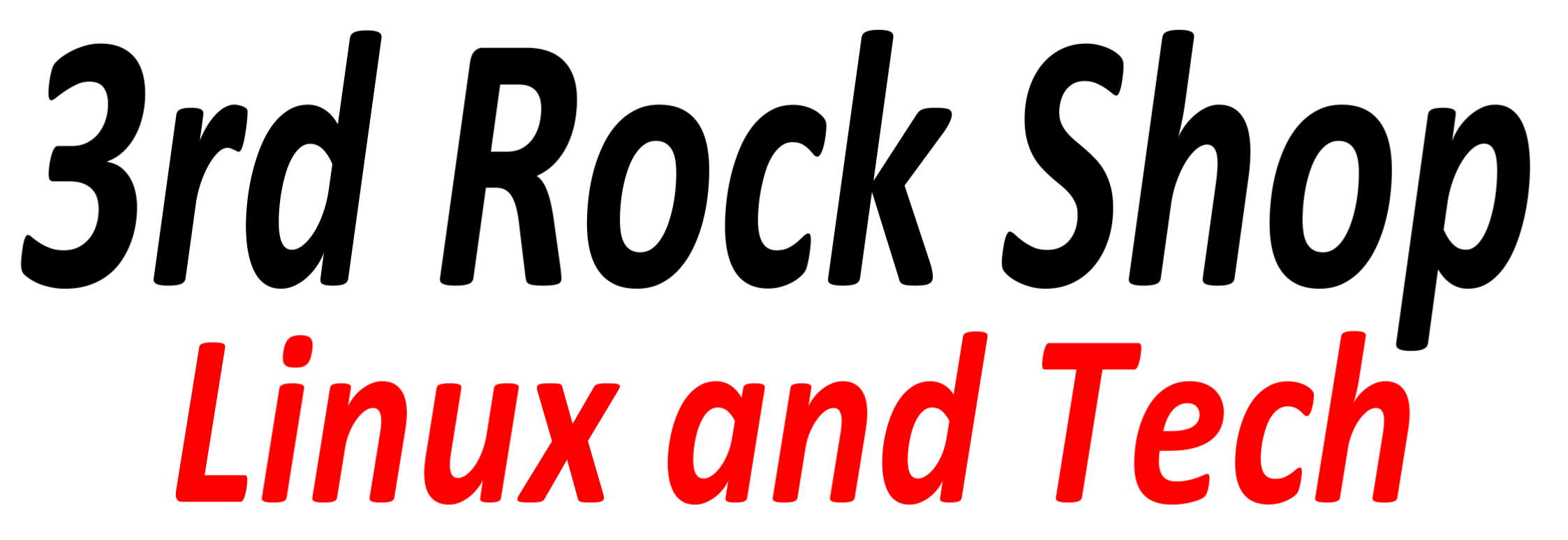The Genesis: Linus Torvalds and His Hobby Project
3 min readThe story of Linux begins in the early 1990s when a young computer science student from Finland named Linus Torvalds embarked on a journey that would forever change the world of technology. Linus was born on December 28, 1969, in Helsinki, Finland, and showed an early interest in computers and programming. He attended the University of Helsinki, where he honed his programming skills and gained a deeper understanding of operating systems.
During this time, Linus was exposed to the Unix operating system, which was widely used in universities and research institutions. Unix intrigued him because of its powerful capabilities and multitasking capabilities, but there was one significant hurdle – it was expensive and not accessible to individual users. This led Linus to contemplate the idea of creating his own operating system with Unix-like features that would be freely available and customizable.
The spark that ignited the development of Linux came in August 1991 when Linus purchased his first personal computer, a PC with an Intel 386 processor. He wanted to run Unix on his new machine, but the existing Unix systems were beyond his budget. This sparked the idea of writing his own Unix-like kernel that would work on his PC.
On August 25, 1991, Linus posted a message on the Usenet newsgroup comp.os.minix, seeking feedback on his initial kernel development efforts. In his post, he described his project as a “just a hobby” and asked for suggestions from the community. The response was encouraging, and Linus continued to work on his hobby project with enthusiasm.
Over the next few months, Linus dedicated countless hours to refining and expanding his kernel, continuously improving its performance and adding new features. He adopted a collaborative approach, accepting feedback and contributions from the online community. The power of open-source collaboration and the internet allowed individuals from different parts of the world to work together, fine-tuning the kernel and providing valuable insights.
The first official release of the Linux kernel, version 0.02, came on October 5, 1991. It was released under the GNU General Public License (GPL), a license that promotes the free distribution and modification of software. This license ensured that Linux would remain free and open for anyone to use, modify, and share.
With each subsequent release, Linux gained momentum and attracted more developers. Its compatibility with the GNU software, a collection of free and open-source tools, allowed it to become a complete operating system. The combination of the Linux kernel and GNU software created what is commonly referred to as GNU/Linux.
Linus Torvalds’ dedication and vision played a crucial role in nurturing the Linux community and creating an ecosystem where developers could freely collaborate and contribute. As Linux gained popularity, it began to power a wide range of applications and systems beyond Linus’ original hobby project.
The genesis of Linux is a testament to the power of individual passion and open collaboration. Linus Torvalds’ vision for a freely accessible and customizable operating system laid the foundation for what would become one of the most influential and widely used technologies in the world. Linux’s humble beginnings as a hobby project have shaped the way modern software is developed and distributed, and its impact continues to be felt in diverse industries, from enterprise computing to mobile devices and the internet of things.

